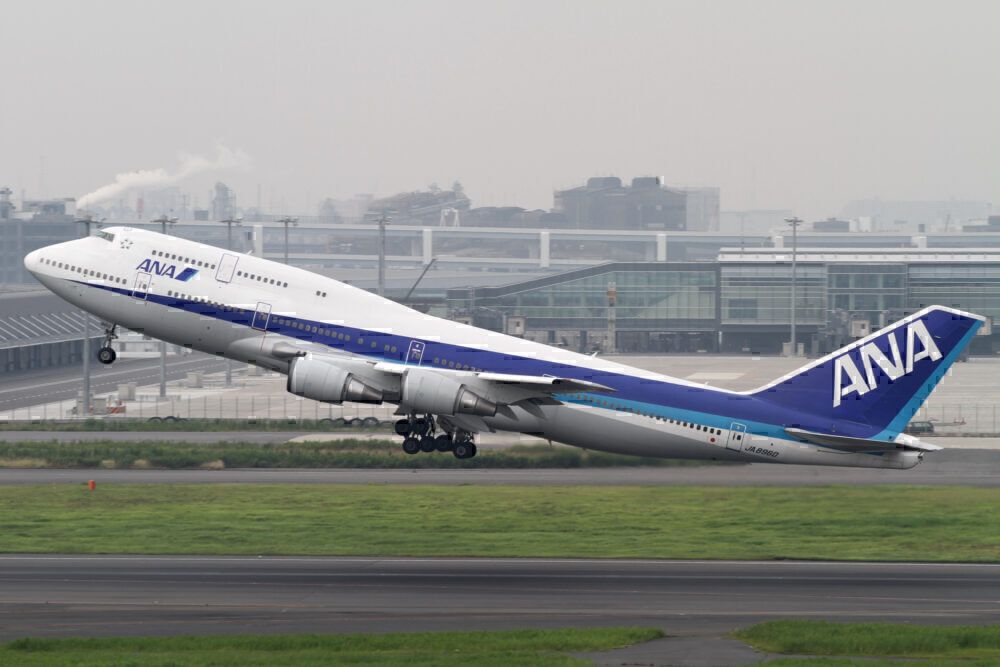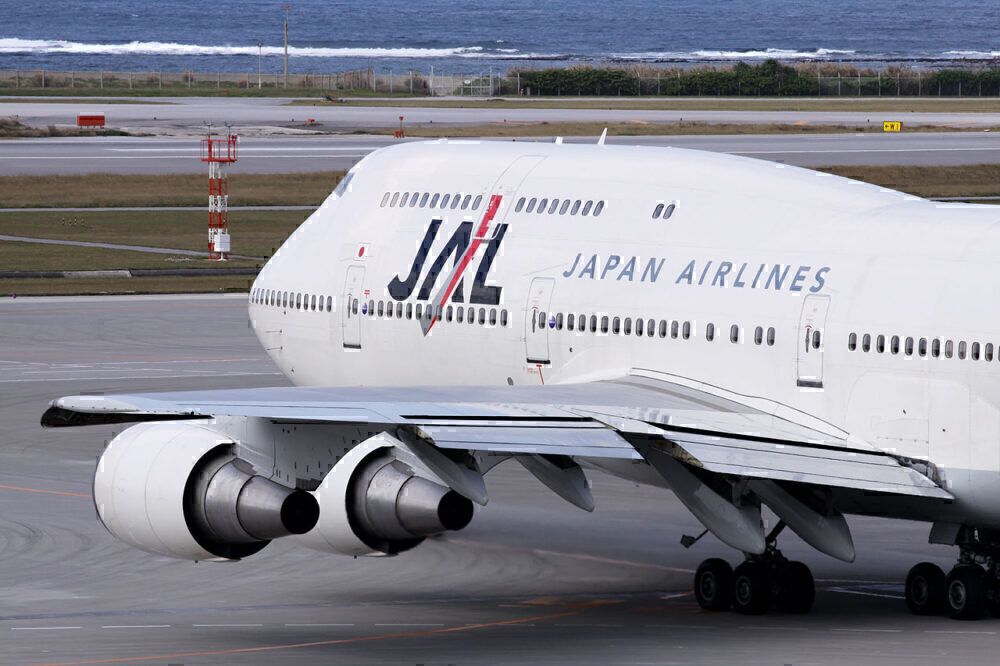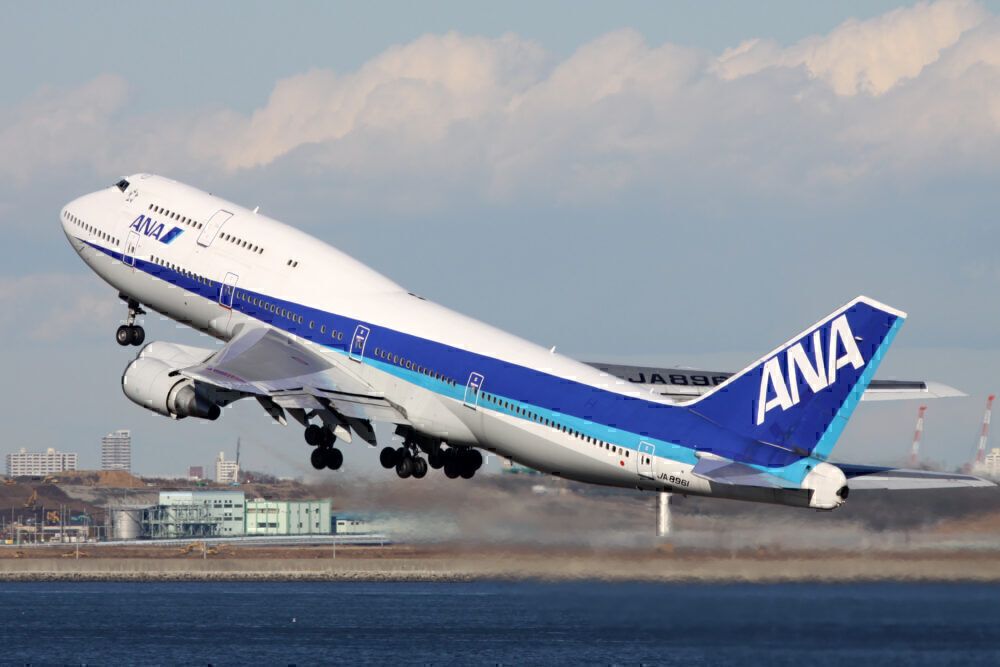The Queen of the Skies has been an aircraft that is synonymous with long-haul travel. Flying passengers all over the world for more than half a century, many of us experienced our first far away trip onboard one of these jumbos. But did you know there was also a specific 747-400 designed for the short-haul market?
The 747-400D was a modified 747-400 created for one specific market – Japan. Japanese airlines needed a solution to flying an awful lot of people not very far, and Boeing had the solution. In fact, before the 747-400D, Boeing had developed the 747SR as a short-range version of the 747-100 to meet this need. The 747-400D was the successor to this plane.
Stay informed: Sign up for our daily aviation news digest.
What was different about the 747-400D?
The standard 747-400 that we all know and love usually has seating for between 410 – 420 passengers in a three-class configuration, although it has a high exit limit of 550 or 660 passengers, depending on the emergency exits installed. The 747-400D (D for Domestic) accommodated up to 568 passengers in a two-class layout or as many as 660 in a single class configuration.
From the outside, the aircraft was the same as a regular 747-400, apart from one small detail. The 747-400D had no winglets installed. These modified, upturned wingtips, which are seen on most other 747-400 models, improve efficiency once up at cruise altitude. However, they also add weight to the plane.
For airlines operating long-haul with the aircraft, the benefits outweighed the drawbacks of the weight. However, for airlines operating short-haul who never really get up to cruising altitude, there would be no benefit to having this additional component on the plane.
Another little tell is the extra windows on the upper deck. For a long-haul flight, an upper deck galley with no windows would occupy this space in the bubble. But on the domestic 747, this space was given over to extra seating.
Operationally, the aircraft suffered a range reduction of approximately 50% compared to other 747s. The added weight of so many passengers meant it couldn’t fly very far at all, with a limit somewhere around the 3,000 NM marker. However, underneath it all, it was still a regular 747 and could, in theory, be converted back to a standard model.
Who operated the 747-400D?
Only 19 747-400Ds were ever built and only sold to the Japanese market. The operators of the type included Japan Airlines (JAL), who took the first, and All Nippon Airways (ANA), who flew the last.
ANA’s last 747-400D touched down on April 17th, 2014, at Tupelo, destined for scrapping. Not only was this the last flight of a 747-400D, but it was also the very last 747 to ever operate in Japan. JA8961 had the privilege of fling the last revenue flight within Japan, and when she left, it ended 44 years of continuous service by the 747 in the Japanese market.
Although the 747 no longer features in Japan, airlines still use high capacity planes for short-haul routes. Only, today, it’s more often the Dreamliners and A350s that can be seen fulfilling the role.




